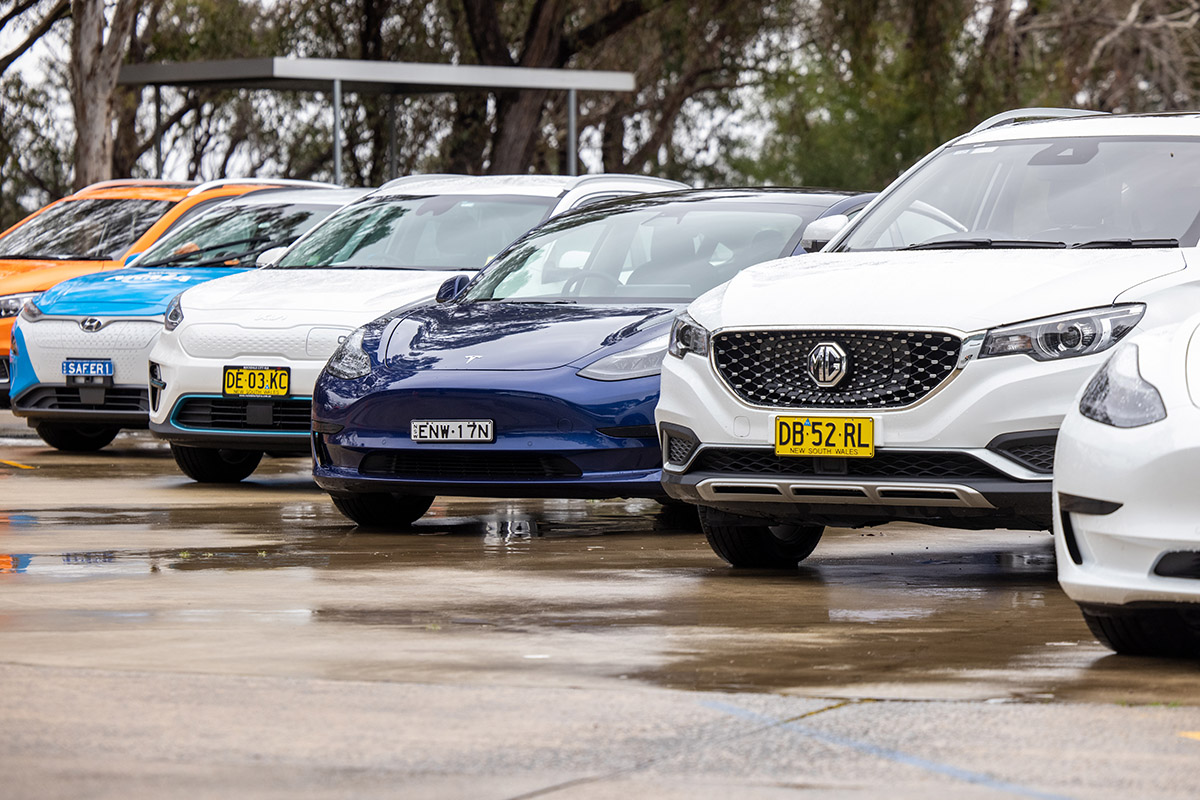The NSW Electric Vehicle Strategy is the NSW Government’s plan to accelerate the State’s vehicle fleet of the future. It outlines the government’s commitments to increasing the uptake of electric vehicles (EVs) to ensure New South Wales shares in the benefits.
EVs provide benefits for individuals and the community. Battery and fuel cell EVs produce no tailpipe emissions, have lower running costs than petrol and diesel vehicles, and provide health benefits through lower air and noise pollution.
Increasing the uptake of EVs also presents new job opportunities, improved fuel security and can help balance household energy supply.
The Strategy outlines key areas of action to make NSW the easiest place to buy and use an EV in Australia.
The Strategy is intended to increase EV sales to 52% by 2030–31 and help NSW achieve net-zero emissions by 2050.
Key Electric Vehicle Strategy actions
The NSW Government is investing $209 million to ensure widespread, world-class electric vehicle (EV) charging coverage to future proof the EV network. This includes $149 million being invested into EV fast charging grants, which will co-fund charge point operators to install and operate ultra-fast charging stations at 100 km intervals across all major state highways, and every 5 km in metropolitan areas.
Find out more information on the electric vehicle fast charging grants page.
In 2023, about 50% of new light vehicles in NSW were sold to business and government fleet operators. Reducing emissions from fleets will therefore be crucial to lowering emissions from our transport sector.
That’s why we’re investing $105 million through the electric vehicle fleets incentive. The competitive bidding and kick-start funding options will help organisations bridge the cost of transitioning passenger, light commercial or sports utility vehicles to battery EVs.
Find out more information on the electric vehicle fleets incentive page.
We know most EV charging will be done at home. However, approximately 1 in 3 drivers across NSW do not have access to off-street parking to charge an EV.
That’s why we’re investing $10 million to install EV kerbside chargers in areas of NSW with the least access to private, off-street parking.
Find out more information on the electric vehicle kerbside charging grants page.
As part of our investment in a world-class EV charging network, $20 million has been allocated to EV destination charging grants. Eligible regional tourist locations such as motels, restaurants and attractions will be assisted to co-fund the purchase and installation EV chargers to attract EV drivers to their sites.
The NSW Government is planning ‘EV tourist drives’ across the state to ensure regional communities share in the benefits of EVs.
Find out more information on the electric vehicle destination charging grants page.
It is estimated that over 80% of EV owners will charge their vehicle at home – whether that is at a single dwelling or in an apartment building. In NSW, 15% of the population live in apartments and there are nearly 84,000 strata schemes. NSW Government is now providing co-funding to retrofit existing apartment buildings to make them EV ready.
We’re investing $10 million to assist eligible NSW apartment buildings by co-funding the assessment and installation of EV infrastructure upgrades through the EV ready buildings grant.
Find out more information on the electric vehicle ready buildings page.
While climate change isn’t going to be solved by offsets alone, they provide an important avenue of emission reduction. Offsets are a valuable part of the solution for emissions, specifically the emissions from your vehicle. NSW drivers have the opportunity to offset their emissions at the point of annual registration.
Find out more about our carbon offset projects on the vehicle emissions offset scheme page.
The Vehicle Emissions Star Rating (VESR) is a six-star rating system that not only helps Australians consider the environmental impact of their cars but also the running costs. The more stars a vehicle has, the lower the vehicle’s tailpipe CO2 emissions.
Compare data across over 16,000 makes and models, or consider your annual costs with a fully customisable calculator. Input the price you pay for fuel or electricity and the distances you drive for a personalised result.
Find out more information on the Vehicle Emissions Star Rating page.
